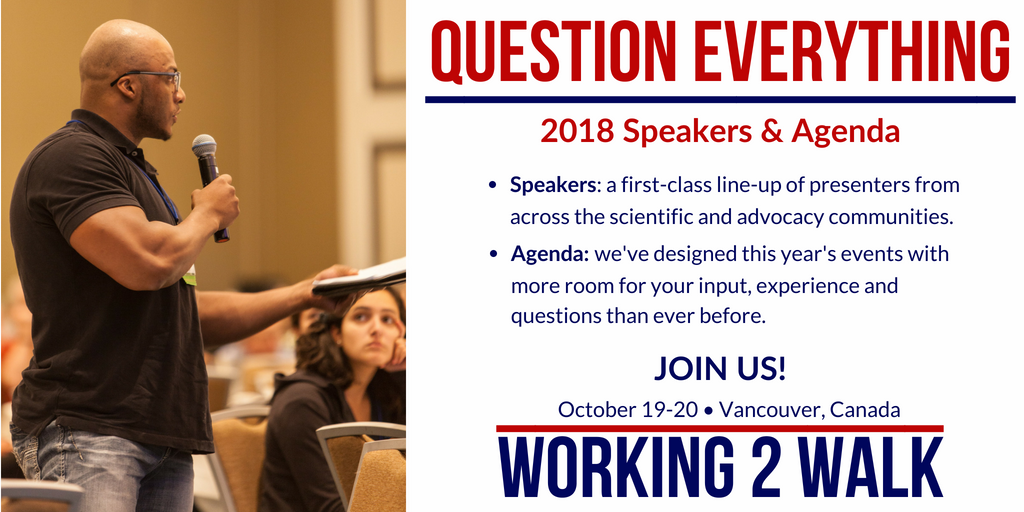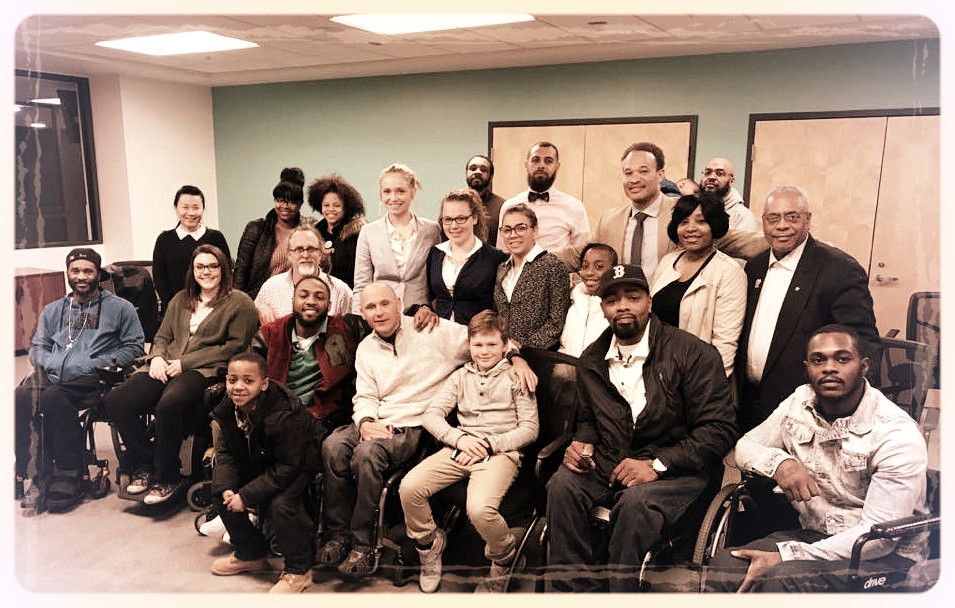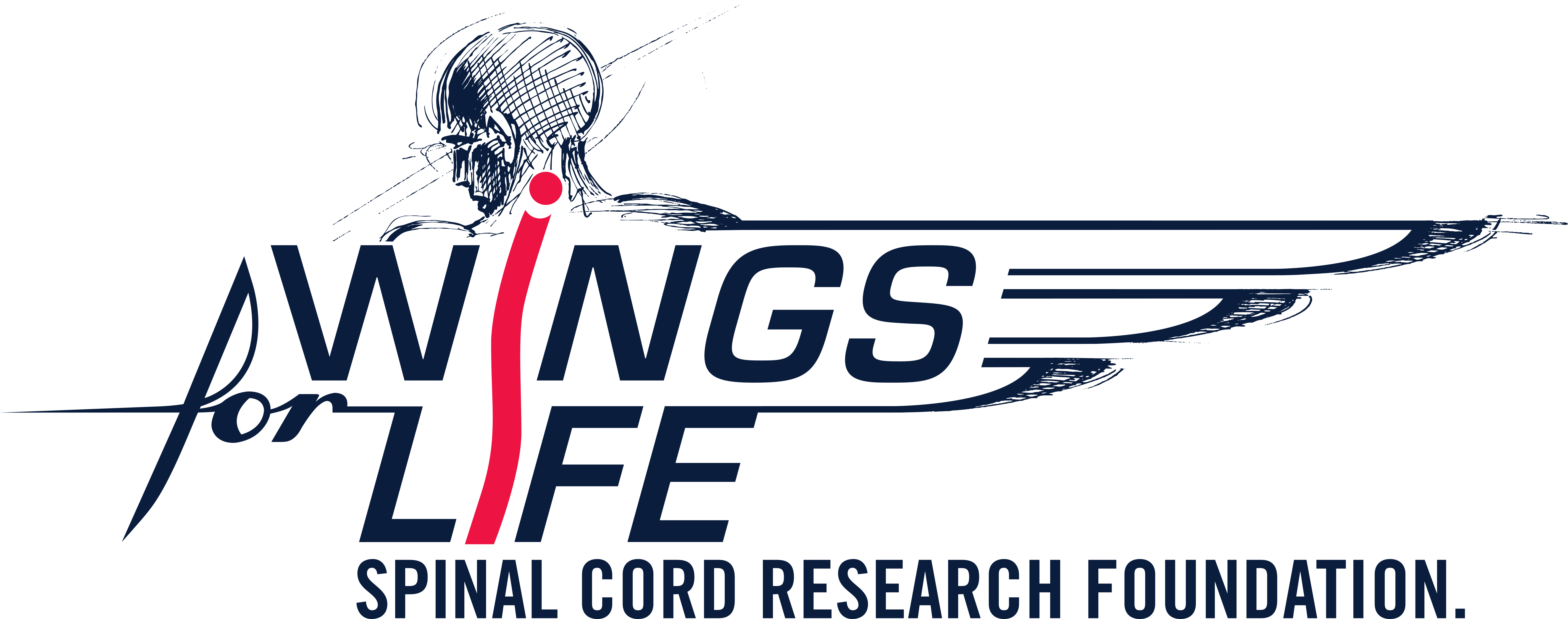
When I first moved to Minneapolis from Philadelphia (which feels like a lifetime ago), I worked evenings in a hospital while still going to school during the day. After my shifts, I would often visit a friend of mine who worked the main desk at a large group home for adults with cognitive impairments. I'd bring my late night dinner and we’d chat at his expansive desk about life and other stuff that twenty-something’s like to pontificate about.
On these nights, a man with autism would stand at the far end of the same desk, working a series of jigsaw puzzles. He was in his own world. And his approach was as far from typical as his mind was from social interactions. Holding his right hand over the puzzle, he scanned left to right while constantly rolling his fingers - like he was doing piano scales. A minute or two later he’d pick up a puzzle piece from the scattered pile and plug the selected piece into the puzzle in a left to right straight row. He never deviated from this pattern, and - according to my friend - never made a mistake.
I watched The Puzzle Savant (as we liked to call him) do this at least a dozen times over the months that I visited that group home. He never spoke, never acknowledged our presence, and never made a mistake. It was extraordinary.
I’ve been pondering this memory lately, as I reflect on our efforts to cure paralysis. It occurred to me that The Puzzle Savant might be an instructive metaphor for understanding what we are trying to do at Working 2 Walk (I know - bear with me).
Puzzle Metaphor Logic:
- If the puzzle is a spinal cord injury, and
- the picture on the puzzle is us, then
- the scientific enterprise is much like the autistic savant who spent his time working to solve it.
And here’s what I get out of this Metaphor:
The picture wasn’t a necessary part of the puzzle for the savant because
the pieces simply needed to fit in the right place in the right order and
he had the extraordinary skill to find and understand the piece as a piece
Of course, there's also the insight that a SCI injury is a multitude of difficult puzzles that need to be integrated (another puzzle in itself) in order to provide a cure.
What strikes me is that we are overly fixated on the pieces. We in the community share news - almost daily - that a puzzle piece may have been found. We read about the lab that may have found it, and we go to conferences like ours to listen to all the details about why this may be the piece we’ve been waiting for.
And labs spend decades looking for a single piece or maybe a set of pieces because it’s not easy. And then in many cases the scientists have to make the pieces because there’s a bunch that fell off the table never to be found. And sometimes the replacement pieces that the labs fashioned fell off the table too. (Hopefully this happens less with more data mining projects like Adam Ferguson's SciCrunch).
Like any metaphor it’s not perfect, but I think the point of view it lends us is instructive. Because I think we have fallen into the trap of fetishizing the pieces.
That's why we see Working 2 Walk as our attempt to contextualize the puzzle, not just the pieces. We do this by trying to keep the puzzle in full view; because the puzzle is us - human beings - and our loved ones. It’s yet another reason for our Context, Strategy, Voice mantra.
We must remind the scientific enterprise - and ourselves - that the puzzle is more than the pieces. The picture is us. And since we are the picture, we are the ones who must determine what “finished” looks like.
Let's talk more about it at Working 2 Walk ...
Join us!



























